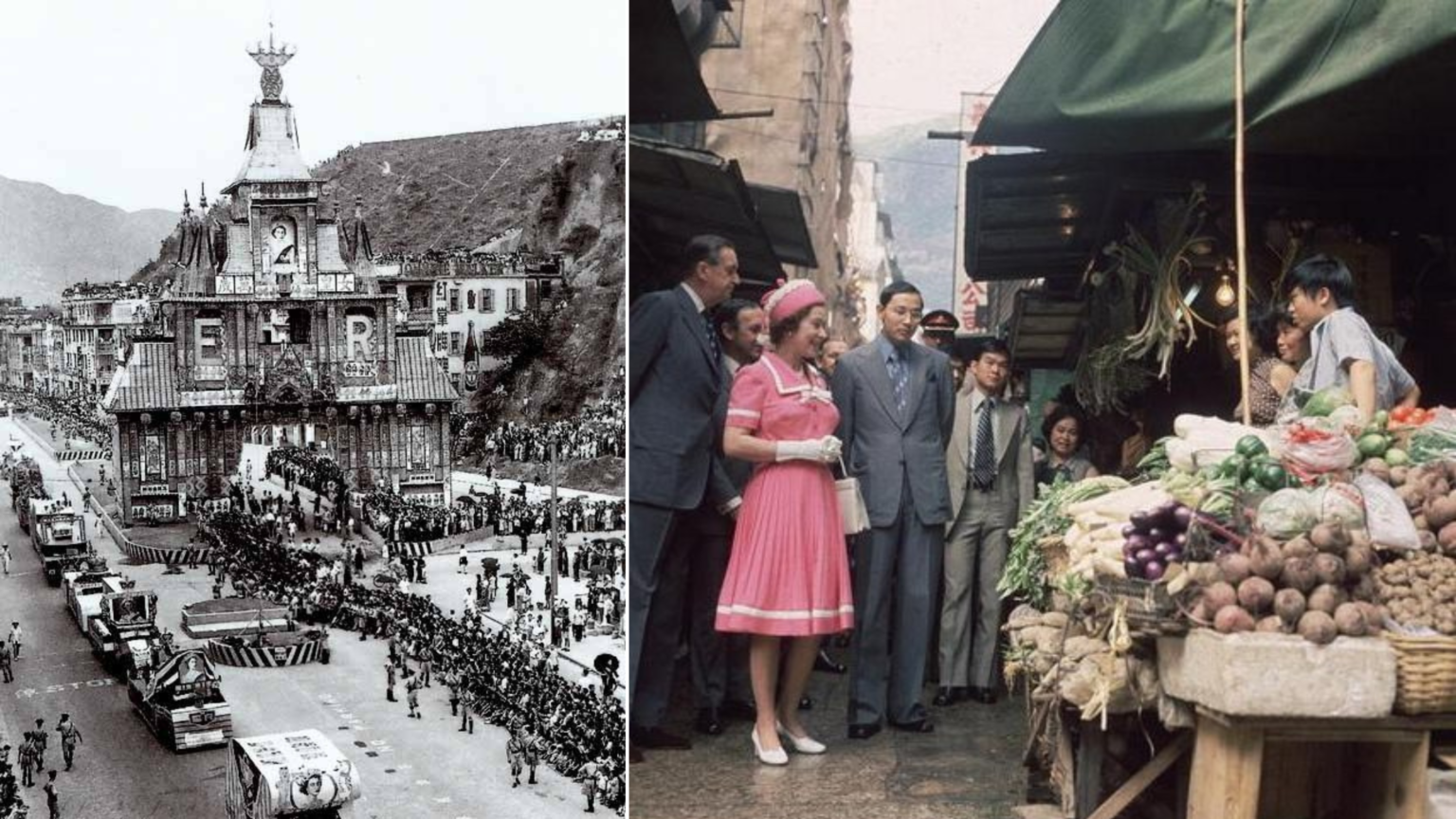Queen Elizabeth II, who passed away on September 8, 2022, was Hong Kong’s last British monarch. Her time as Queen of the United Kingdom lasted 70 years, making her the world’s second-longest reigning monarch. The Queen appointed six of the city’s governors and, like her predecessors, left her mark on Hong Kong, in the form of various landmarks and cultural institutions that were named after her.
Two visits to Hong Kong
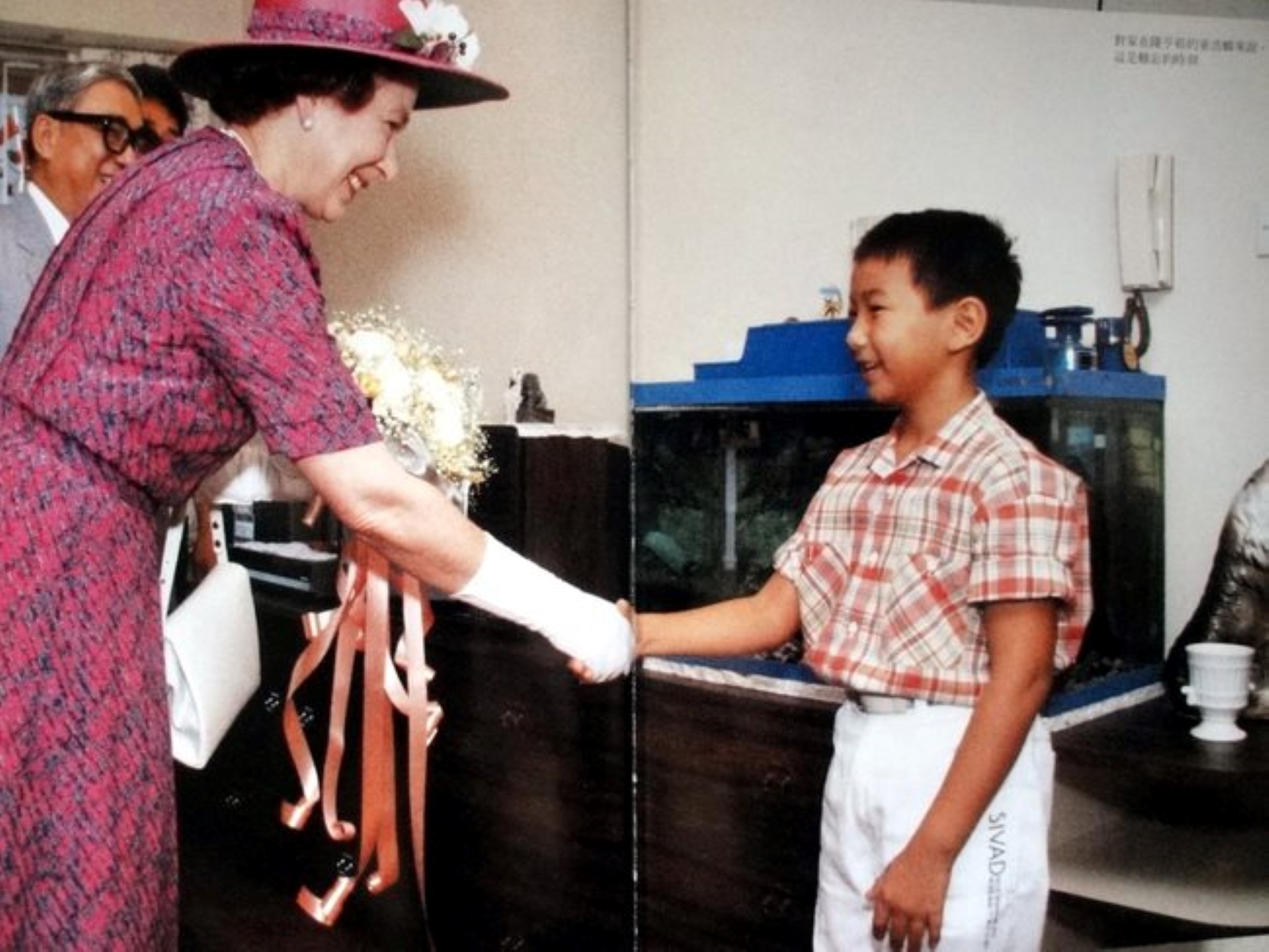
She was the only reigning sovereign to visit the city, and she did so twice: in 1975 and 1986. The first trip was with her husband, the Duke of Edinburgh, during which the royal couple visited Hong Kong City Hall, the Happy Valley Racecourse, Morse Park, Oi Man Estate, the train station at Hung Hom, the University of Hong Kong, the Kwai Chung container port and the industrial area in Tsuen Wan. They also attended the first fireworks display in the city since the 1967 riots. During the Queen’s second trip, which she made after she went to Mainland China, she visited the Sha Tin Race Course. Some of Hong Kong’s most well-known landmarks were built to commemorate these visits.
Queen Elizabeth Stadium, Wan Chai
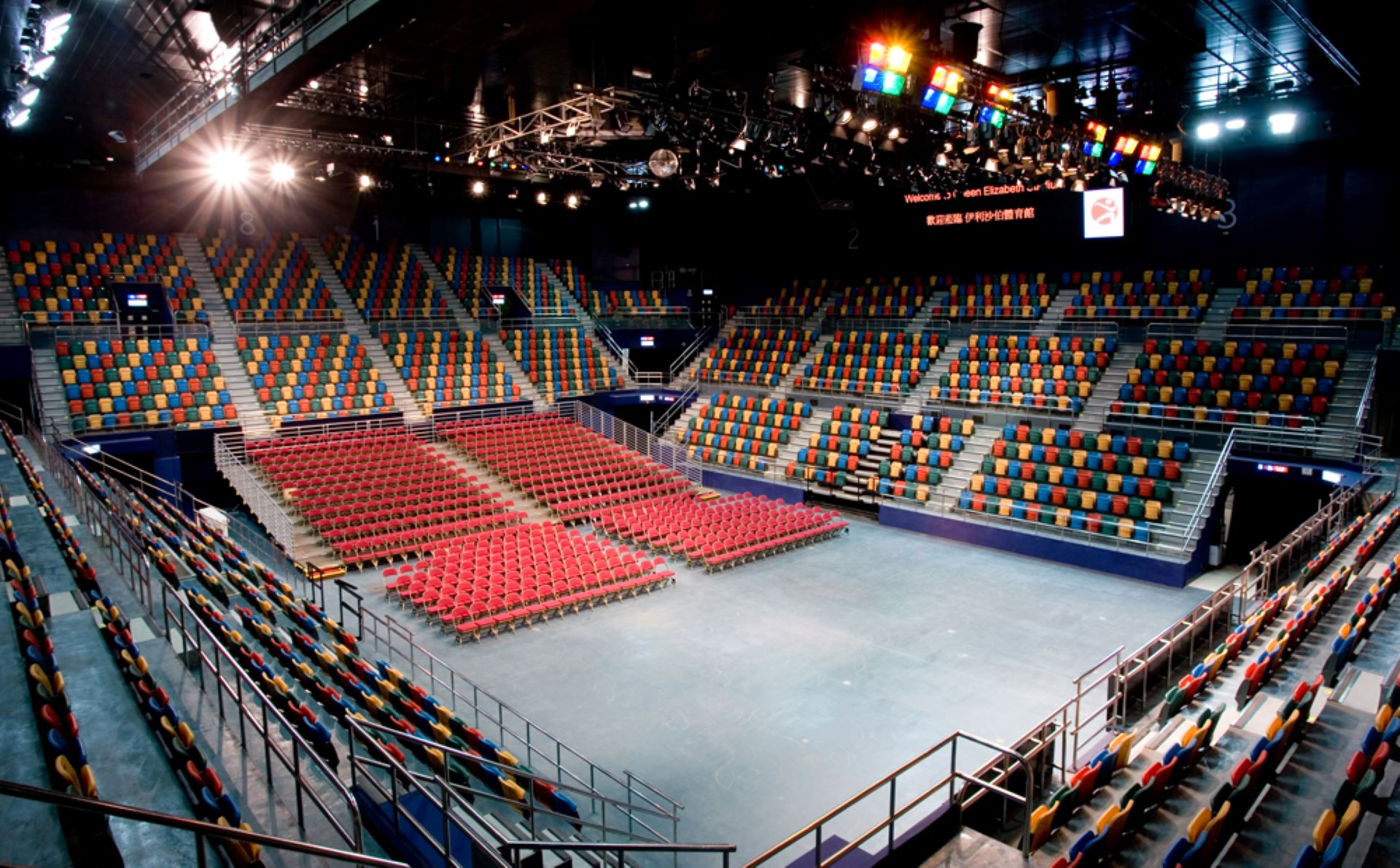
This multi-purpose indoor venue opened in 1980, five years after the sovereign’s first visit to the city. Located in Wan Chai, the stadium has a 3,500-seat arena, three squash courts and a table tennis playing area, among other facilities. Popular Japanese pop singer Kenji Sawada was one of the was one of the first artists to hold a concert here in 1980, followed by Taiwanese pop singer Teresa Teng in 1982. It has also hosted many concerts by Cantopop stars such as George Lam, Michael Kwan, and Hong Kong rock band Beyond, among others. It was also one of the major venues for the 2009 East Asian Games.
Queen Elizabeth Hospital, Yau Ma Tei
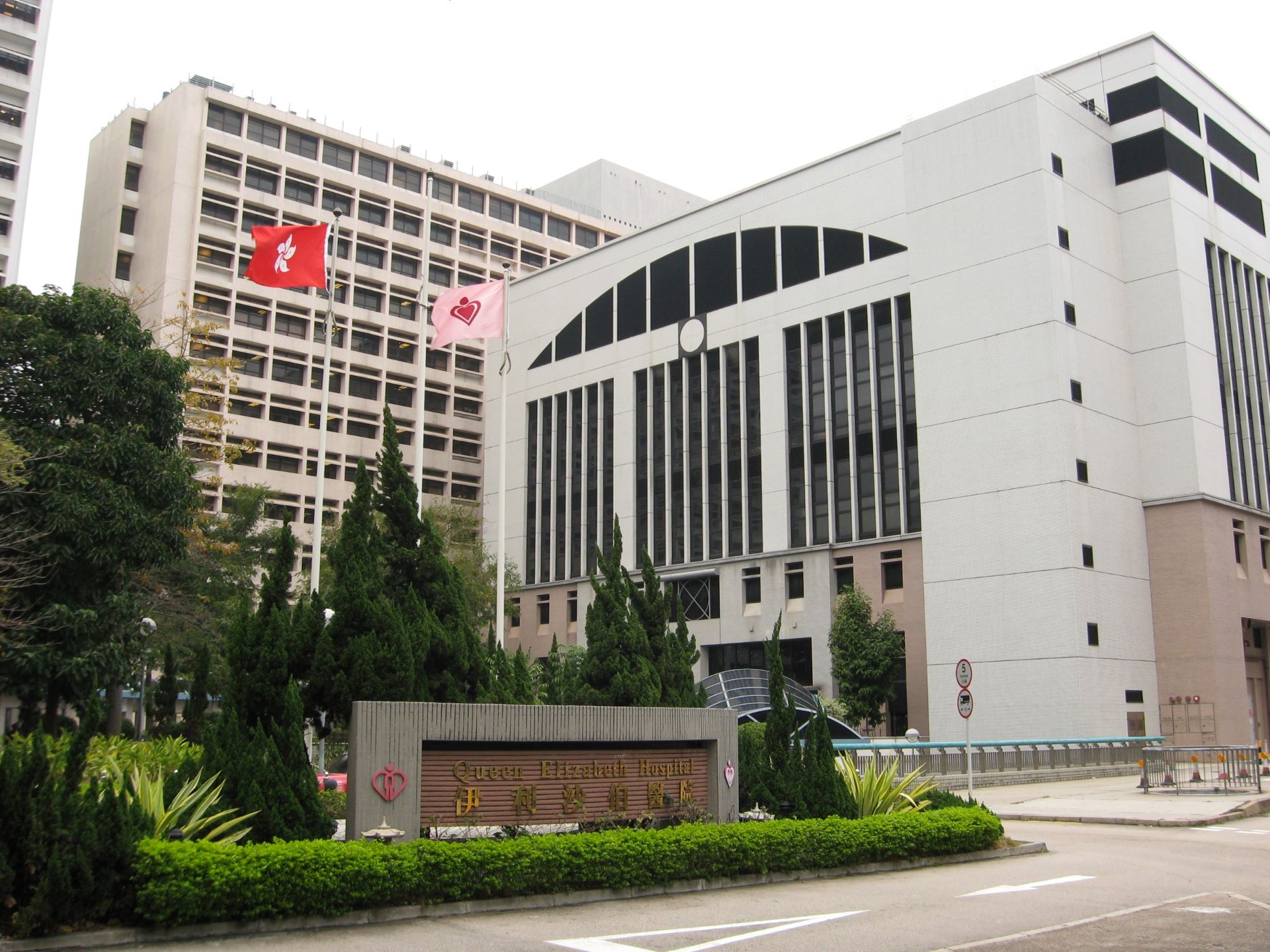
Opened in 1963, Queen Elizabeth Hospital is one of the largest acute general hospitals in Hong Kong. It is a major tertiary hospital in southern Kowloon and has more than 1,900 beds. The foundation stone was laid by the Duke of Edinburgh in 1959, and the hospital was opened by the governor at the time, Robert Black. Queen Elizabeth Hospital Path takes its name from the late sovereign and the hospital named after her.
Queen Elizabeth School, Mong Kok
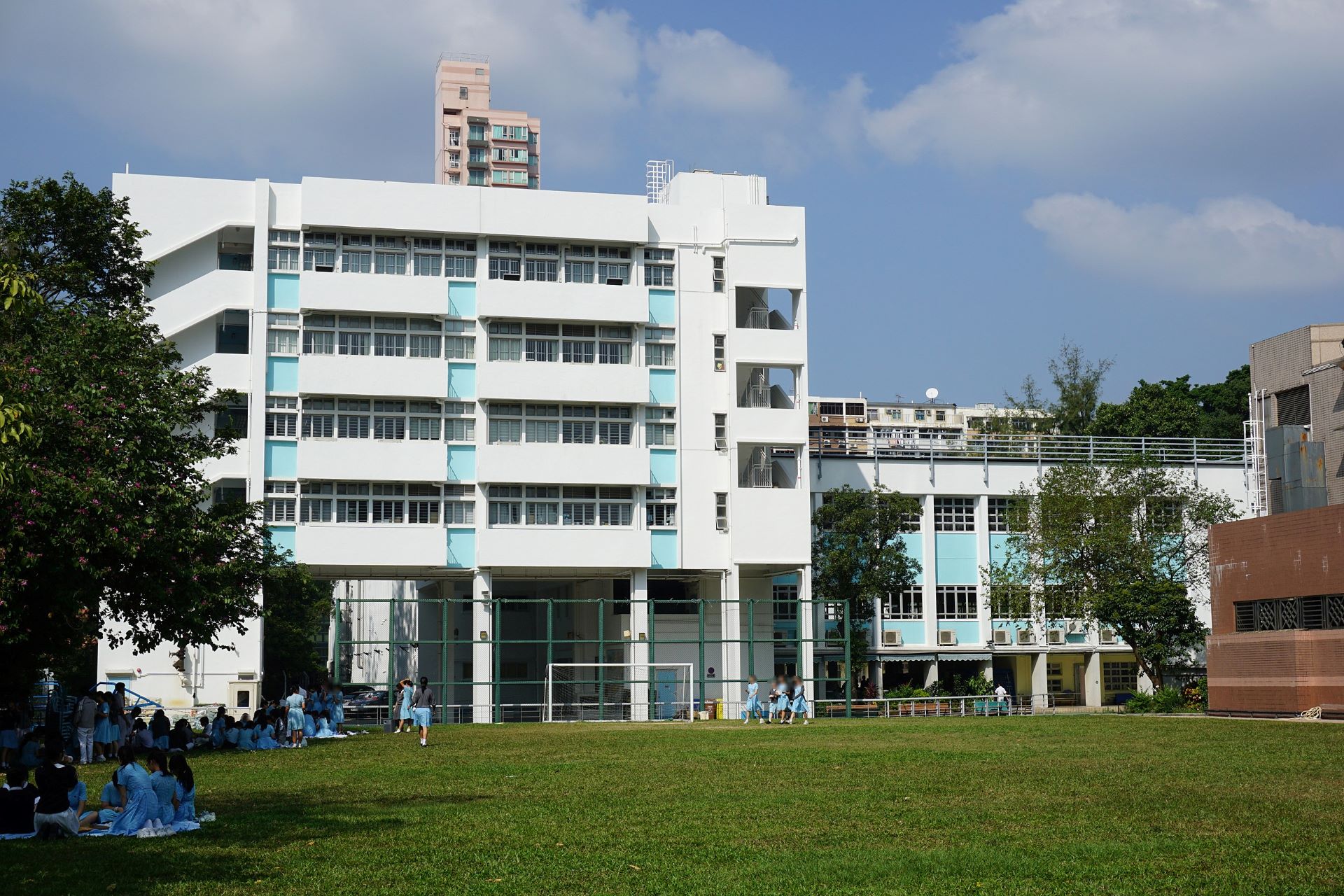
The school was founded in 1954 after the Queen’s coronation the previous year. The Anglo-Chinese co-educational secondary school was the first in the city that had English as a medium of instruction. It initially operated as an afternoon school on the premises of King’s College, and later moved to its present location in 1955.
Queen Elizabeth II Cup and Queen’s Silver Jubilee Cup
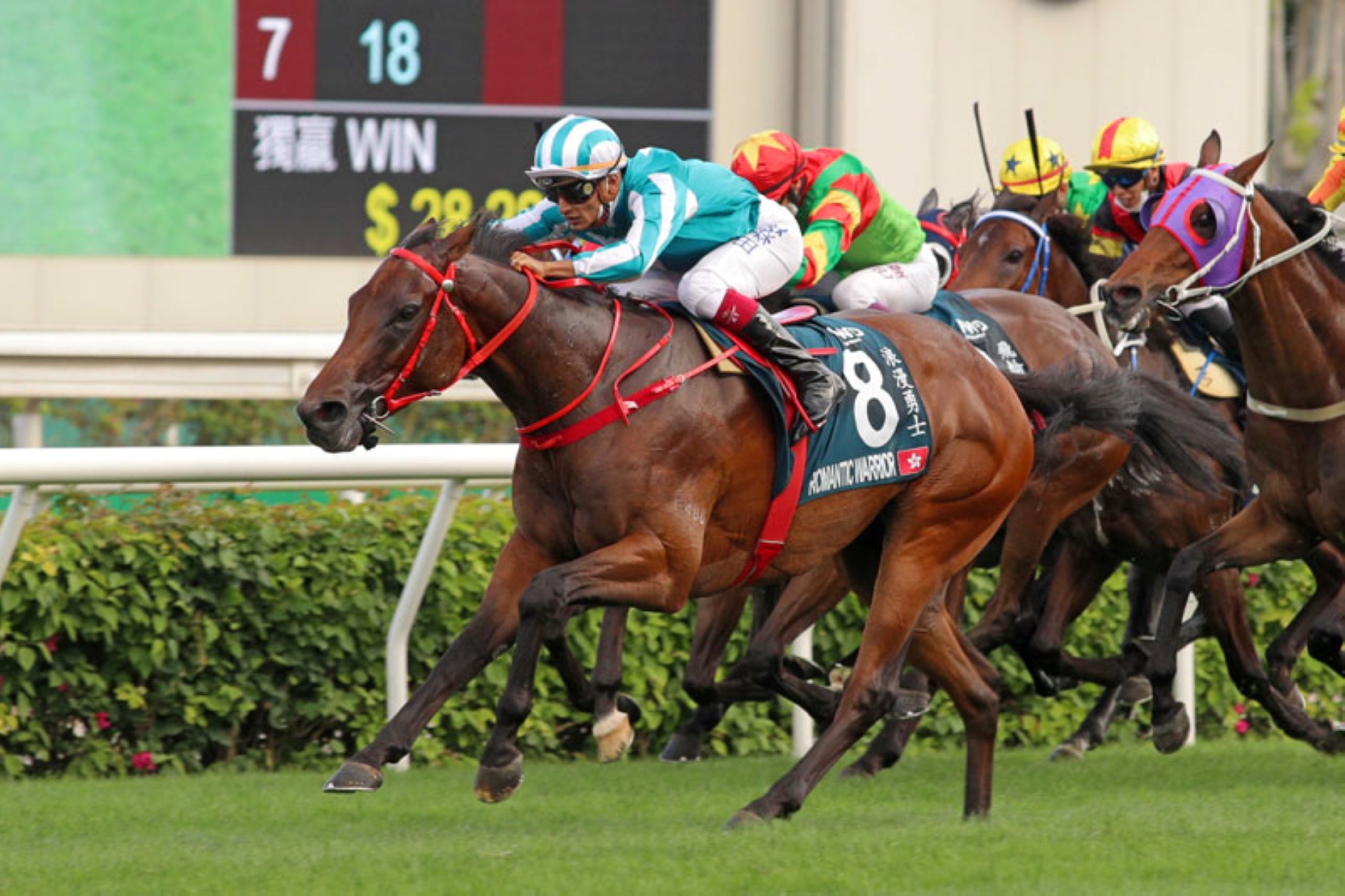
Queen Elizabeth II’s love of horses was famous. The Queen Elizabeth II Cup is a Group One Thoroughbred horse race held at Sha Tin Racecourse that was established in 1975 by the Royal Hong Kong Jockey Club. It was first run at the Happy Valley Racecourse in Happy Valley in honour of a visit that the Queen and the Duke of Edinburgh made there. The Queen’s Silver Jubilee Cup is a set weights Group 1 Thoroughbred horse race in Hong Kong that was first held in 1977 on the occasion of the Queen’s silver jubilee.
Queen Elizabeth II’s insignia on Hong Kong post boxes
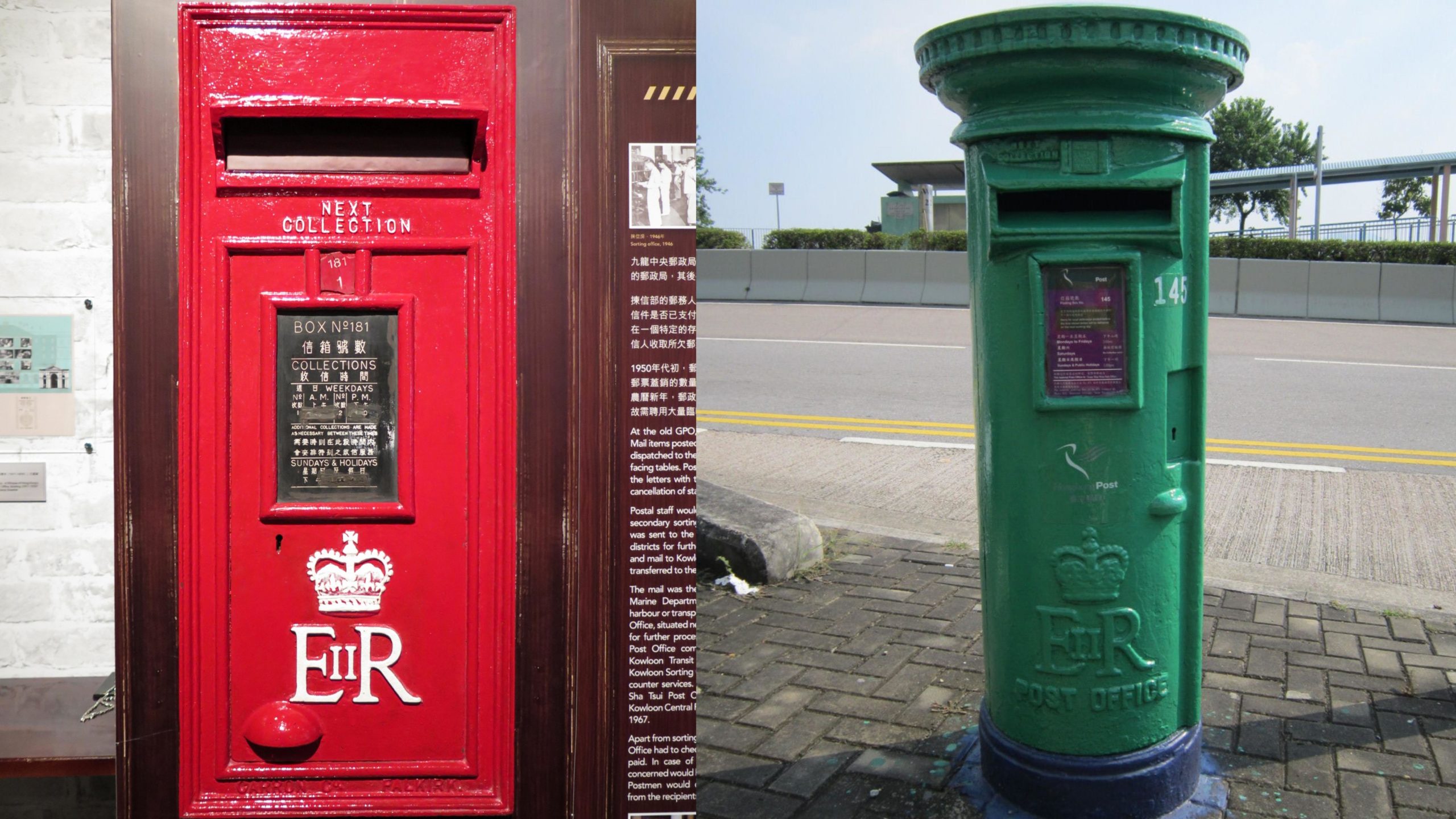
There are several colonial-era post boxes that remain on the city’s pavements and walls. Before Hong Kong’s handover to Mainland China in 1997, these post boxes were red. They have since been painted green, the official colour of Hongkong Post. While there are some that date back to the reign of George V and VI, there are several that bear Elizabeth II’s insignia.
Colonial-era currency
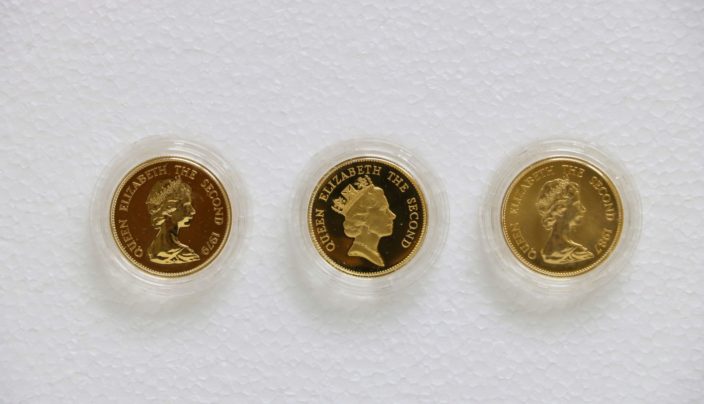
Queen Elizabeth’s II’s effigy was on Hong Kong’s currency from 1952 till 1992. Some limited-edition coins issued by the Hong Kong government and struck by the Royal Mint also found their way into collectors’ hands. One 22K gold coin was issued in 1986 in honour of the Queen’s visit to the city that year.
Header image credits: Andrea N via Pinterest and fong.laikuen via Flickr


